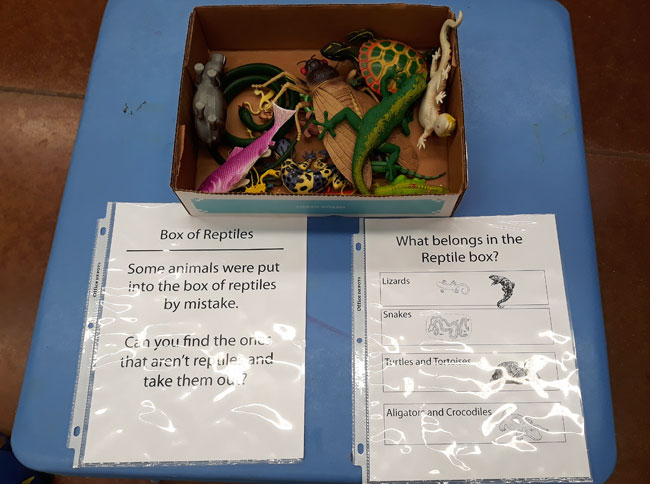Time to check out the new picture book, Book of Dinosaurs: 10 Record-Breaking Prehistoric Animals by Gabrielle Balkan and illustrated by Sam Brewster. (We’ve previously reviewed two other books by Gabrielle Balkan and Sam Brewster, Book of Bones and Book of Flight. If you enjoyed those, this book has many of the same features.)
In Book of Dinosaurs, explore which record-breaking dinosaurs had:
• The toughest armor
• The sharpest eyesight
• The biggest belly
• The spikiest tail
and more.
Readers are asked to guess which dinosaur wins the category based on an amazing illustration of that dinosaur’s skeleton and a set of clues about it. Turn the page for the big reveal, a colorful illustration of the animal and more details about its biology.
What makes this book exceptional?
The text is written in first person point of view. It is as if the dinosaurs are telling their own stories. And the facts have been finely distilled to the most interesting and informative.
The illustrations on the reveal pages have texture overlaying in the shape of creature’s skeleton from the previous page. Basically, the reader can feel (and see) the skeleton as it would be positioned inside. Pretty cool!
There are many books on the market about dinosaurs. Book of Dinosaurs fills an important niche between the board books /simple picture books for the 4-6 year olds, and the massive encyclopedic titles for older readers. Plus it is engaging and fun to read. Get it into the hands of a dinosaur-loving reader today!
Related Activities:
Construct a 3-D model dinosaur skeleton as a fun activity to accompany the book.
(*Amazon Affiliate link- As an Amazon Associate I earn from qualifying purchases.)
- Peek at some of the pages and download an activity kit at Gabrielle Balkan’s website.
- Australian Museum has some nice information about dinosaur trackways and footprints
- Investigate our T. Rex-sized list of children’s books about dinosaurs at Science Books for Kids.
Reading age †: ‎ 7 – 10 years
Publisher †: ‎ Phaidon Press (June 15, 2022)
ISBN-10 †: ‎ 1838664297
ISBN-13 †: ‎ 978-1838664299
Disclosure: An e-ARC of this book was provided by the publisher. Also, I am an affiliate with Amazon so I can provide you with cover images and links to more information about books and products. As you probably are aware, if you click through the highlighted title link and purchase a product, I will receive a very small commission, at no extra cost to you. Any proceeds help defray the costs of hosting and maintaining this website.
Come visit the STEM Friday blog each week to find more great Science, Technology, Engineering and Math books.


















